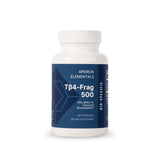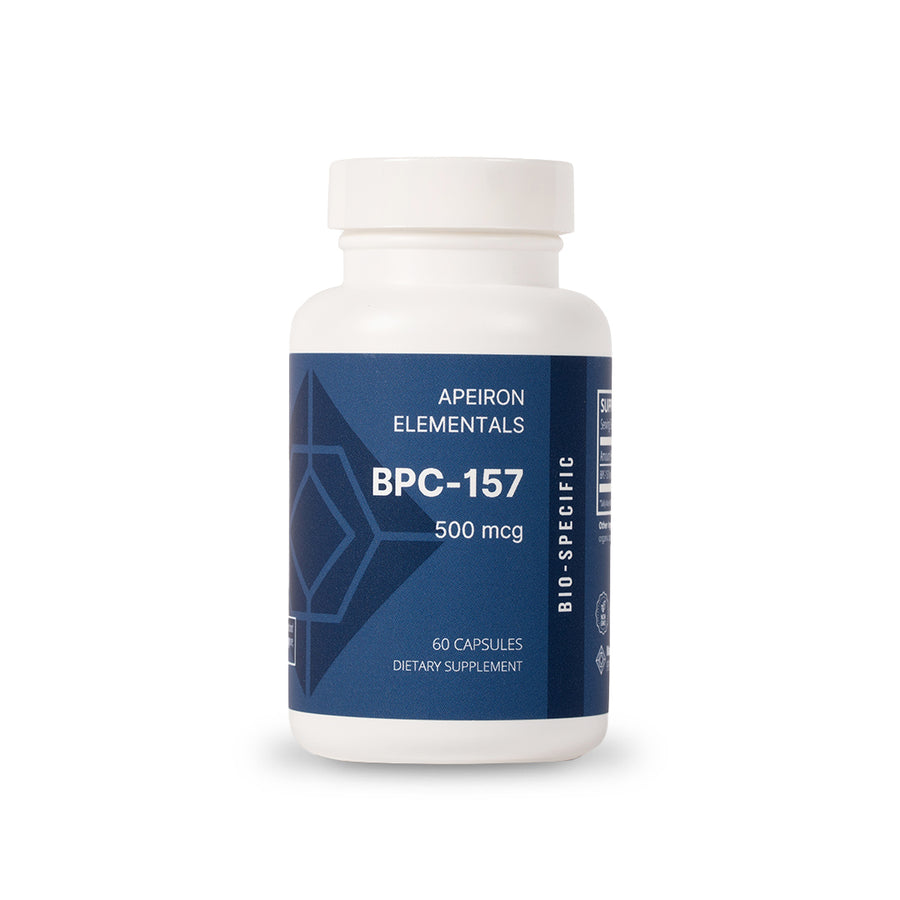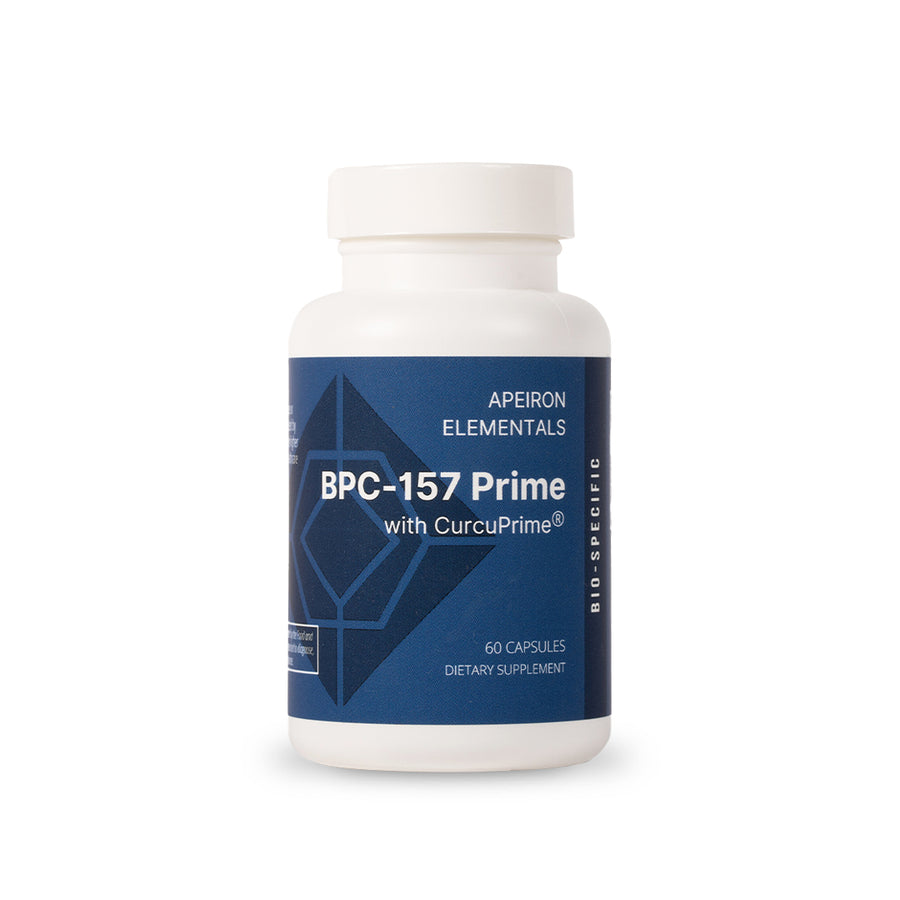

BPC-157, otherwise known as pentadecapeptide BPC 157, is a peptide that can be found in human gastric juice and has been widely researched in scientific literature for its potential applications in type 2 diabetes and arthritis. Studies have found that compounded BPC-157 can help reduce inflammation and oxidative stress associated with these two diseases, as well as promote recovery of tissue damage.
Studies have shown that BPC-157’s effects on both type 2 diabetes and arthritis are due to its ability to modulate the activity of various molecules involved in inflammatory processes. It does this by stimulating the release of certain cytokines known to be involved in the regulation of inflammatory responses. Additionally, BPC-157 has been shown to enhance the body’s antioxidant defenses by increasing levels of superoxide dismutase (SOD), one of the main intracellular antioxidants that protect cells from reactive oxygen species (ROS).
In terms of type 2 diabetes, studies have demonstrated that BPC-157 can decrease glucose levels and increase insulin sensitivity, thus helping to improve glycemic control. In regards to arthritis, research suggests that BPC-157 may be useful in reducing joint pain and stiffness as well as improving physical function in patients with rheumatoid arthritis. Additionally, it has been found to inhibit cartilage degradation caused by inflammatory mediators like prostaglandin E2 (PGE2) and interleukin 1 beta (IL1β).
Studies regarding the potential benefit of BPC-157 for both type 2 diabetes and arthritis have appeared in numerous scientific journals including The British Journal of Pharmacology, Neurochemistry International, Cellular Signalling, and European Journal of Pharmacology among others. Further research into its exact mechanisms at play with these conditions is necessary before any definitive conclusions about its safety or efficacy for treating such conditions can be made.
References:
- Della Corte A., Baldassarre M., Sessa F., et al., 2019. Pentadecapeptide BPC 157 activates autophagy through Wnt pathway modulation: protective effects on experimental colitis mice model, Molecular Medicine Reports 19(3): 2502–2509
- Góra A., Płonka M., Wilk R., et al., 2015. Protective effect of Pentadecapeptide BPC 157 against experimental colitis involves neuropeptides neurokinin‑1 receptor/substance P system activation: role for mast cells degranulation inhibition via mitogen‑activated protein kinases pathways modulation Cell Signal 27(5): 996–1007
- Kiefer JW Jr., Lee CLF . 2019 . Role of pentadecapeptide BPC 157 in gastrointestinal physiology and pathology Physiol Res 68(5): 575–582
- Oukemou MNDYKHGFS; Cai Z; Cao YM; Chen XJ; Choi HG ; Li H 2017 Pentadecapeptide bpc 157 attenuates lipopolysaccharide--induced acute lung injury via inhibition of nuclear factor kappa b activation Exp Ther Med 14(6): 5607–5612
- Sun Y; Liu S; Zhang S.; Chen Q.; Cao YM.; Li H 2018 Attenuation effectsofpentadecapeptide bpc 157 on oxazolone induced atopic dermatitis‐like skin lesions: anti‐inflammatory action via inhibitionof p38mapk activation Int Immunopharmacol 57: 243–249
Apeiron Insight Hub
Evidence-based guides for optimal performance and healthspan.





























